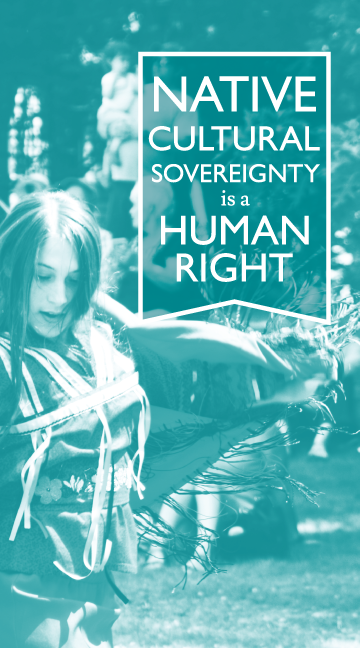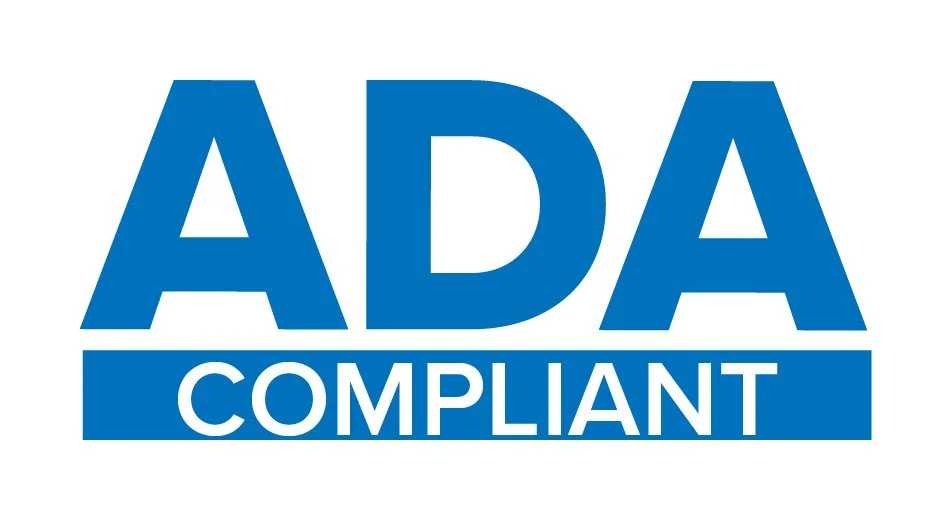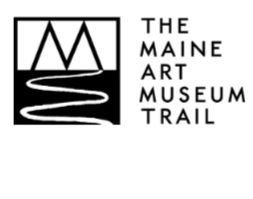Thanksgiving Truths
/One of my earliest Thanksgiving memories is from Kindergarten. I remember huddling around a craft table with my classmates, grappling for crayons and pairs of scissors that weren’t sticky with glue. The class was divided in half; each student assigned to be a pilgrim or an Indian. I was an Indian, tasked with assembling my own headdress of a wide construction paper band accented with three feathers. My only concern was that my feathers didn’t stand up straight, flopping under their own weight. I never thought to question this bizarre ritual; it was simply another game of make-believe. It was also the last time Native Americans were a part of my curriculum until my high school American History teacher tackled the French and Indian War. I now understand that, since my childhood, I’ve been an active participant in an annual tradition that simplifies, commercializes, and undermines Indigenous identity. I bet this is a common memory for many of the Islander’s readers today. And we know that it’s an activity that still happens in classrooms across the U.S.
The Abbe Museum’s “Truth About Thanksgiving Program” took place on Monday, November 20, 2017, and it aimed to address the false narrative of the “First Thanksgiving,” which is pervasive in early childhood education, and has become an intrinsic part of the Thanksgiving holiday. The story of the Pilgrims meeting the Wampanoag for a peaceful meal is more legend than fact. In reality, Thanksgiving as we know it was conceptualized by President Abraham Lincoln during the Civil War as a means of unifying the divided nation. It was intended to be a reflection on American bounty, family, and tradition. Thanksgiving did not become an official National Holiday until 1941.
What is the harm? The “First Thanksgiving” story is taught as a parable of kindness, empathy, and overcoming differences, but it is inaccurate, simplified, and perpetuated annually by schools, books, movies, TV shows, advertisements, and decorations. There are only two brief written accounts by colonists and an oral Wampanoag account of the 1621 feast. The limited knowledge of the event allowed the dominant Eurocentric society to manipulate the story, recounting a tale of harmony, unity, and togetherness. This misrepresentation simplifies the complicated relationship between the two communities. It portrays the pilgrims as American folk heroes and romanticizes the idea of colonization, which is always a destructive act to those who are colonized. This narrative places Native Americans exclusively in the past, ignoring and erasing Indigenous survival.
As Thanksgiving has been commercialized, images of Native Americans have been used as marketing devices. We see them on cards and window clings, on commercials and in craft kits. Children dress as caricatures of Native people for school plays and activities. This perpetuates stereotypes and contributes to the continued commodification of Native culture. By addressing these difficult truths, the Abbe Museum hopes to promote conversation and ignite action. Curator of Education, Starr Kelly, explains, “it’s important to challenge preconceived notions, even when they’re popular. That’s how change happens.”
I’ll leave you with the questions that the Abbe posed at the end of the program: What makes a holiday meaningful to you? What would your Thanksgiving be like without the “First Thanksgiving” narrative?
Angela Raup is the Manager of Guest Experience at the Abbe Museum. She develops learning and retail opportunities for our visitors, all within a decolonizing context and a team-based work environment. She works closely with the Curator of Education to co-develop, schedule, and deliver public educational programming, such as lectures, panels, workshops, demonstrations, films, etc. She is a Certified Interpretive Guide and enjoys utilizing elements of storytelling to create meaningful guest experiences.
































